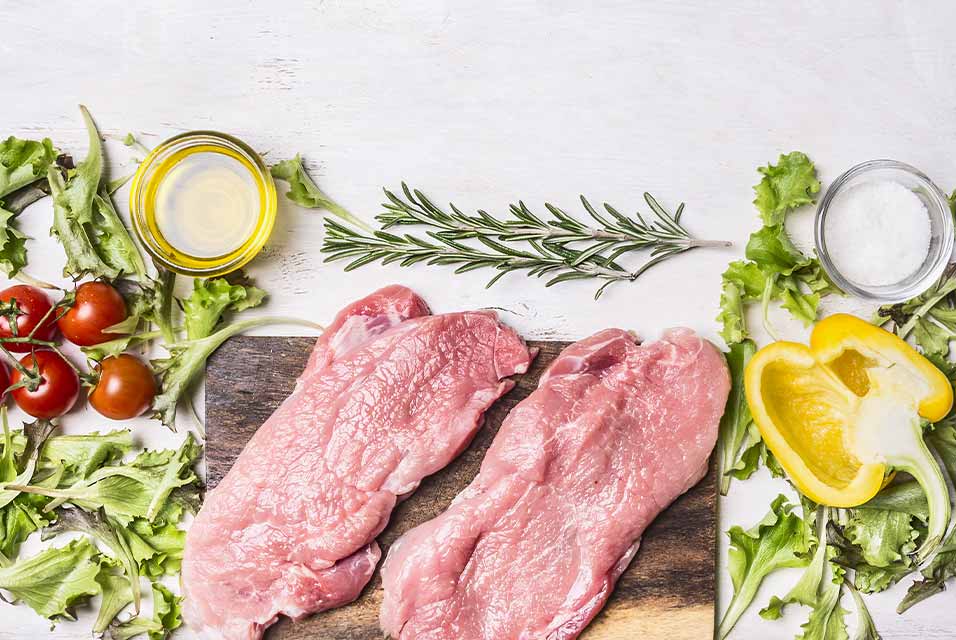Contents
Lean Meat
Lean meat is regarded as unhealthy due to its high saturated fat content. As a result, meat (particularly fatty meat) has been stigmatized. However, new research has revealed that saturated fat is completely safe and meat has been reintroduced as a healthy option. Many researchers blamed fats in beef for all heart disease and obesity.
There was a long trend which states that fats are good for you and it’s the sugars that are bad for you. If you eat meat, the next step is to find out what the healthiest meat is. The answer is lean meat.
The fat content of lean and fatty meats is the most noticeable distinction, with fatty meats having significantly higher total fat content and lean meats having significantly lower fat content. Lean meat includes skinless chicken, turkey, and red meat with the fat removed.
Benefits of Lean Meat
People who follow a high-carb diet or who need to increase protein consumption while keeping calories low should choose lean meat. Below are some of the benefits of lean meat:
More Proteins
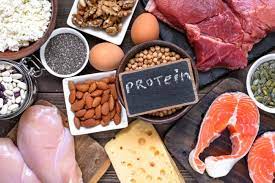
According to the research, lean meats are high in protein, which the body needs to develop muscles, organs, and body fluids.
Protein increases satiety (fullness) and may help in weight management in addition to its important roles in building and maintaining muscle and tissues in your body and helping to regulate many-body systems.
Healthier Blood
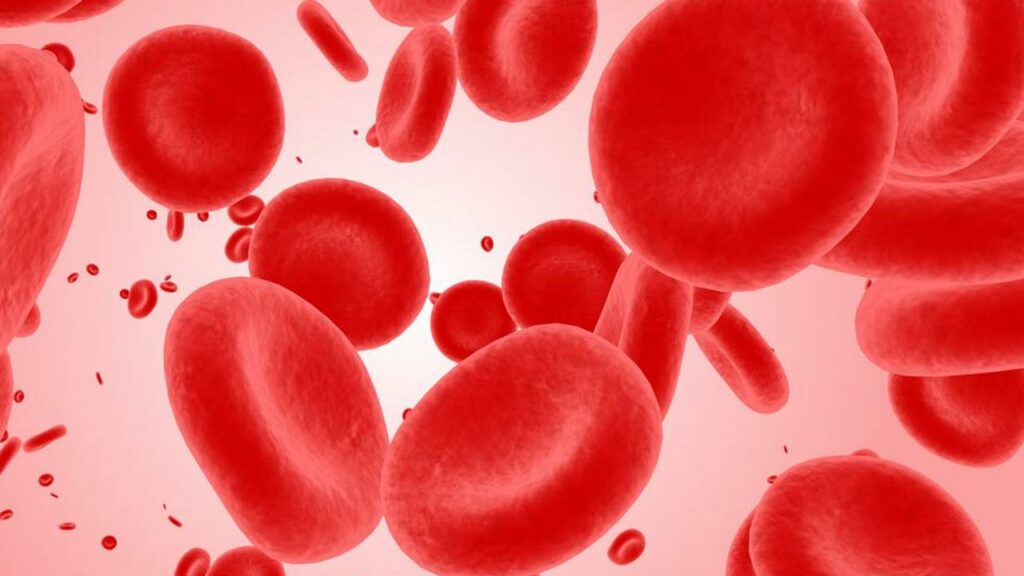
Iron and B-complex vitamins are good sources of lean meat. Iron is important for the development of healthy red blood cells and the prevention of anaemia, especially in pregnant women.
It’s usually a good idea to take the recommended quantity of vitamin C together with lean meat to ensure appropriate iron absorption.
Increased In Energy

Iron aids in the production of energy in the body. In comparison to other food sources, iron from animal meat is easily absorbed by the body.
Iron deficiency can cause fatigue, weakness, pallor, and irritability. To keep the body from getting a week, people must consume enough iron.
Low Cholesterol
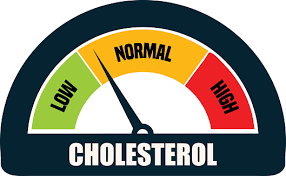
Contrary to popular assumptions, lean meat does not play a substantial role in cardiovascular disease risk. Eating lean meat can lower plasma cholesterol and contribute to an increase in Omega 3 levels in tissues.
In fact, before the introduction of agriculture, our ancestors ate a meat-heavy diet.
According to a study, lean meat is healthful and advantageous to the body as long as it is consuming a part of your balanced diet. The visible fat is removed before cooking.
The public’s general health message on meat consumption is both unclear and deceptive. Meat is considering as bad for your health since it’s high in fat and cholesterol. However, eating too much of it connects with high blood cholesterol levels and coronary heart disease (CHD).
Disadvantages of Lean Meat
Antibiotics are common in use in poultry production and have been related to people contracting antibiotic-resistant diseases, such as urinary tract infections.
While farmers must follow laws to reduce the number of antibiotics that may be passed on to us through eating poultry, those who are worried may choose to look for organic poultry or poultry that has not been treated with antibiotics.
Purines are found in moderate amounts in lean foods. Purines are beneficial to the body, but they can increase the risk of gout in those who are prone to it.
Lean Meat vs Red Meat
Red meats simply have more myoglobin, the cells in the bloodstream that deliver oxygen to muscles. Muscles that are using by people more frequently are darker in color. Because chicken and turkey legs are using more frequently, more myoglobin is present, resulting in a darker appearance.
White meat normally refers to poultry (chicken and turkey), while red meat typically refers to beef, pork, and lamb, though this can vary depending on culture or cuisine. Lean meat is a general term that refers to ‘white’ meat, poultry, or fish that is lower in calories and fat than its fatty red equivalents.
Chicken, fish, and vegetarian proteins like beans and lentils have less cholesterol and saturated fat than red meat. Cholesterol and saturated fat can boost blood cholesterol levels, which can lead to cardiac problems in the worst-case scenario.
Chicken and fish contain less saturated fat and more protein than other red meats, making them ideal companions for a balanced weight loss diet. Furthermore, poultry is a significant source of selenium, vitamins B3 and B6, as well as choline. Selenium has been related to boosting immunity and reducing free radical activity in cells.
Protein Food List For Lean Meat
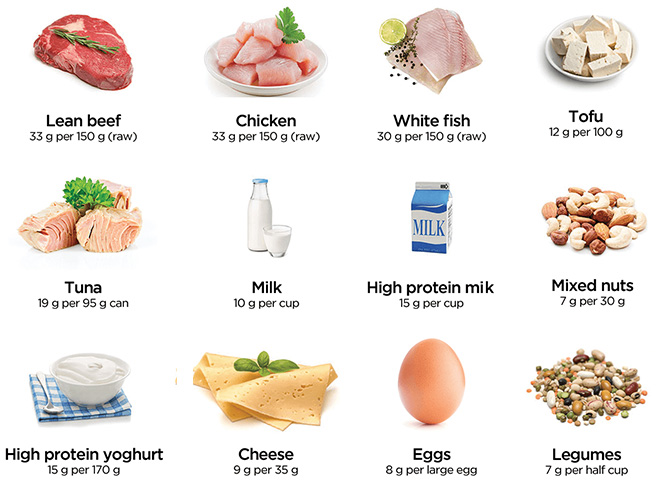
Protein is an important part of a healthy diet, but it can sometimes come with too much fat and calories. Fortunately, there are several lean animal and plant protein sources available to help you reach your quota.
For an adult eating 2,000 calories per day, the protein Reference Daily Intake (RDI) is 50 grams, while some people can benefit from eating much more. Your calorie and protein requirements are determined by your age, weight, height, sex, and degree of activity.
- Plain Greek Yogurt
- White Fleshed Fish
- White Meat Poultry (skinless)
- Beans, Peas, and lentils
- Lite Tofu
- Low Fat Cottage Cheese
- Powdered Peanut Butter
- Lean Beef
- Pork Loin
- Low Fat Milk
- Egg Whites
- Frozen Shrimp
- Bison
Low-Carb Food List For Lean Meat
Each meal on a low-carb diet should include a source of protein. Meat is a good choice because it provides a lot of essential nutrients like iron, zinc, and magnesium. Pick cuts of meat that have no visible fat and only a few grams of fat per serving while shopping. This reduces the amount of saturated fat in your diet, which helps to balance your weight.
Following are the list of lean meat food that you should buy to maintain your weight:
Skinless Poultry
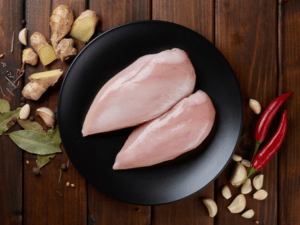
Skinless poultry, such as chicken, turkey, and Cornish hen white flesh, is extremely lean. According to the research lean meat is defined as any cut of meat with less than 10 grams of fat per 3-ounce serving.
Skinless fowl has less than 3 grams of fat per 2- to 3-ounce serving. Poultry cuts are among the leanest meats available in most supermarkets.
To make a low-carb supper, boil, bake, or grill these slices and serve them with green salads or a medley of non-starchy veggies like broccoli, cauliflower, and asparagus.
Beef Cuts
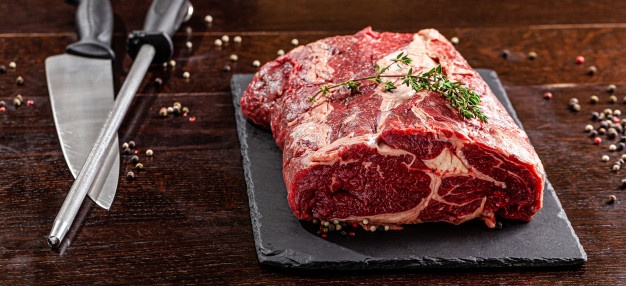
Many vital minerals, such as iron and vitamin B-12, are abundant in beef cuts. If you just eat lean cuts of beef and eat it in moderation, beef can be healthful. Because they come from the less fatty section of the animal.
Beef cuts with the term “round” or “loin” in the name are thinner than “chuck.” Lean beef items include tenderloin, top loin, and sirloin tip.
Pork And Lamb
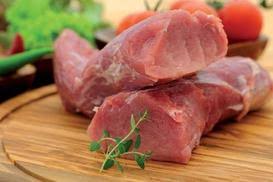
A pig or lamb cut with “loin” in its name, like beef, is low in fat. Per serving, pork center loin, pork tenderloin, and lamb tenderloin have less than 3 grams of fat.
One serving weighs 2 to 3 ounces and is about the size of a deck of cards. The visible fat on most pig and lamb cuts removing with a sharp knife.
For a tasty low-carbohydrate, low-fat supper, combine pork and lamb slices with softly cooked peppers and chopped zucchini.
To preserve lean meats low in fat, steam, grill, poach, bake, or boil them. Even if you choose healthy oils like olive or coconut oil, sautéing or frying lean meats in oil greatly increases the fat content. Avoid adding creamy sauces or battering your meats.
To make lean meats appetizing while keeping fat and carb levels low, lightly season them with herbs like rosemary, sage, and thyme. Choose lean cuts that are free-range, organic, or grass-fed if it is within your budget, as most commercial cuts contain antibiotics and hormones.
Lean Meat Recipes
Recipe1: Pot Roast Beef With French Onion Gravy
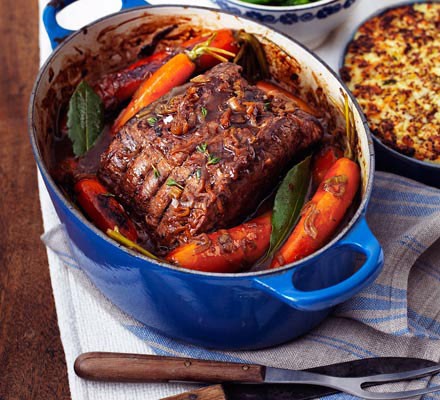
Step 1: Preheat oven to 160 degrees Celsius/140 degrees Celsius fan/gas 3. 1 tsp oil and a generous amount of seasoning are rubbed into the meat. Brown the beef all over in a large flameproof casserole dish for about 10 minutes.
Meanwhile, in a frying pan, heat 2 tsp oil and cook the carrots and celery for 10 minutes, or until golden.
Step 2: Slice the onions thinly in the meantime. In a pan, heat 1 tbsp oil and add the onions, thyme, and some spice. Cook, covered, for 20 minutes, or until the onions are softened but not browned.
Remove the lid, increase the heat, add the butter and sugar, and continue to cook the onions until they are a dark golden brown, stirring frequently. Remove and discard the thyme sprigs.
Step 3: The meat will be soft and easy to pull apart at the edges when it’s done. Snip the strings and remove them from the casserole. Return the onion pan to heat, add the flour, and cook for 1 minute. To make a rich onion gravy, whisk the floury onions into the meaty juices of the casserole. Season with salt and pepper to taste.
Put the meat and carrots into the casserole, or slice the steak and serve it on a platter with the carrots on the side and gravy spooned over it.
Recipe 2: Italian Style Beef Stew
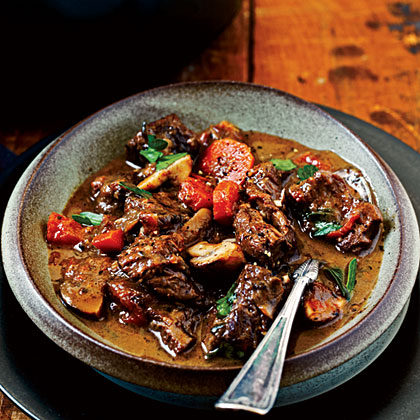
Cook onion and garlic in olive oil in a large saucepan for 5 minutes, or until softened and golden.
Bring to a boil with the meat strips, pepper, tomatoes, and rosemary.
Simmer for 15 minutes, or until the meat is done, adding more boiling water if necessary.
Serve with polenta or mashed potatoes and olives.
Recipe 3: Balsamic Beef With Beetroot And Rocket
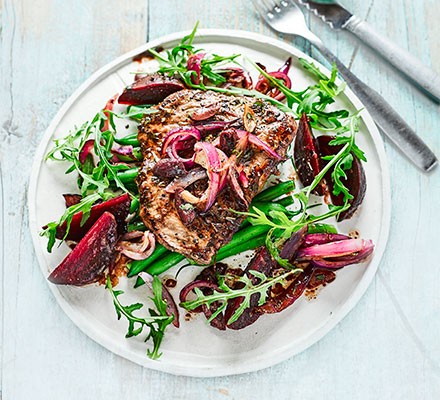
Step 1: Roll the steak until it is roughly the thickness of two £1 coins, then cut it into two equal pieces with a rolling pin. Com
bine the balsamic vinegar, thyme, grated garlic, half of the oil, and a pinch of black pepper in a mixing bowl. Set aside the steaks after marinating them in the marinade.
Step 2: In a large nonstick frying pan, heat the remaining 1 tsp oil and cook the onions and garlic for 8-10 minutes, stirring constantly, until tender and starting to brown.
During this time, steam the beans for 4-6 minutes, or until they are just soft.
Step 3: In the pan, push the onion mixture to the side. Remove the steaks from the bowl, remove off any excess marinade, and sear in the pan for 12-20 minutes, rotating once, until cooked through but still pink on the inside.
Place the steaks on top of the beans on plates. Cook for a few minutes to heat through the beetroot wedges, olives, and leftover marinade then spread on top and around the steaks.
A Word From Mantra Care
If you are facing diabetes-related issues, MantraCare is here to help. Book your free trial online diabetes consultation session now to connect with a specialist diabetologist.
